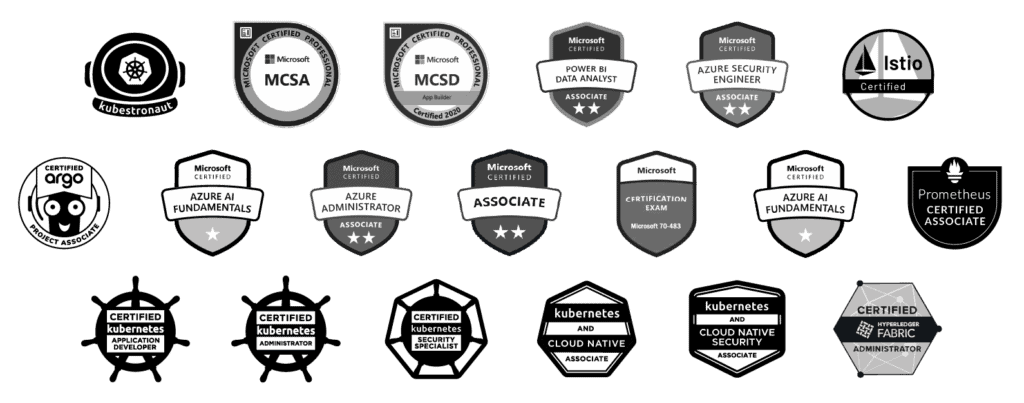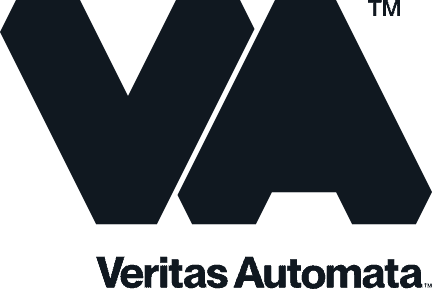In the realm of distributed architectures, the choice between K3s and traditional Kubernetes is a pivotal decision that significantly impacts your infrastructure’s efficiency, scalability, and resource footprint. To determine which solution is the better fit, let’s dissect the nuances of each:
Traditional Kubernetes, also known as K8s, is an open-source platform that orchestrates containerized applications across a cluster of machines, offering high levels of redundancy and scalability. It excels in complex environments where multi-container applications require robust orchestration, load balancing, and automated deployment. Its open-source nature encourages a rich ecosystem, allowing service providers to build proprietary distributions that enhance K8s with additional features for security, compliance, and management. Providers prefer it for its wide adoption, community-driven innovation, and the flexibility to tailor solutions to specific enterprise needs, making it a cornerstone for modern application deployment, particularly in cloud-native landscapes.
K3s – Lean and Agile
K3s is the lightweight, agile cousin of Kubernetes. Designed for resource-constrained environments, it excels in scenarios where efficiency is paramount. K3s stands out for:
Resource Efficiency: With a smaller footprint, K3s conserves resources, making it ideal for edge computing and IoT applications.
Simplicity: K3s streamlines installation and operation, making it a preferred choice for smaller teams and organizations.
Speed: Its fast deployment and startup times are valuable for real-time processing.
Enhanced Security: K3s boasts an improved security posture, critical for distributed systems.
Traditional Kubernetes – Power and Versatility
On the other hand, traditional Kubernetes is the powerhouse that established container orchestration. It shines when:
Scalability: Handling large-scale distributed architectures with intricate requirements is Kubernetes’ sweet spot.
Complexity: When dealing with intricate applications, Kubernetes’ robust feature set and flexibility offer more control.
Large Teams: Organizations with dedicated operations teams often opt for Kubernetes.
Ecosystem: The extensive Kubernetes ecosystem provides a wide array of plugins and add-ons.
The Verdict
The choice boils down to the specific needs of your distributed architecture. If you prioritize resource efficiency, agility, and simplicity, K3s may be the answer. For massive, cloud-based, complex architectures with a broad team, traditional Kubernetes offers the versatility and power required. Ultimately, there’s no one-size-fits-all answer. The decision hinges on your architecture, resources, and operational model. The good news is that you have options, and Veritas Automata is here to help.











